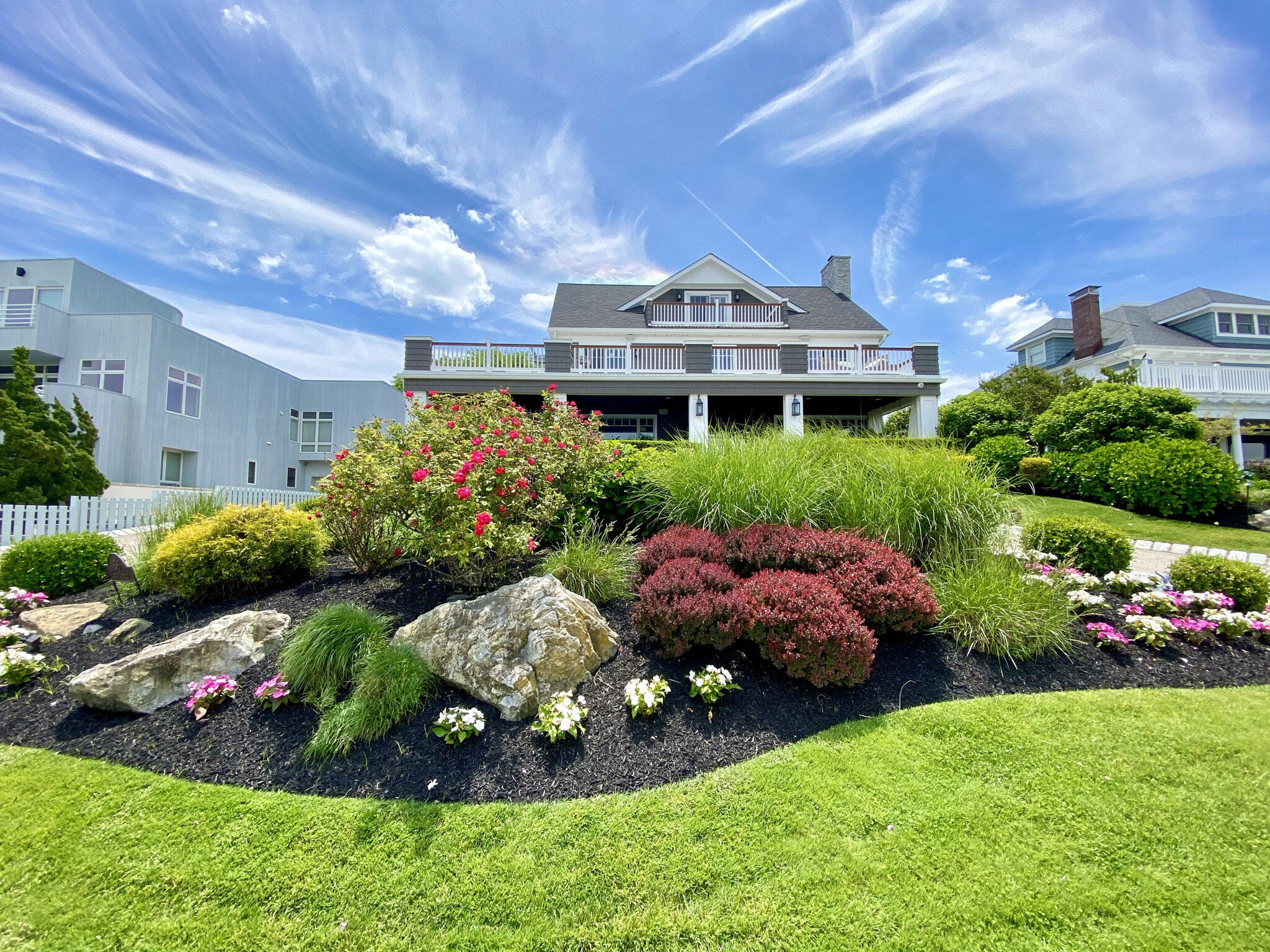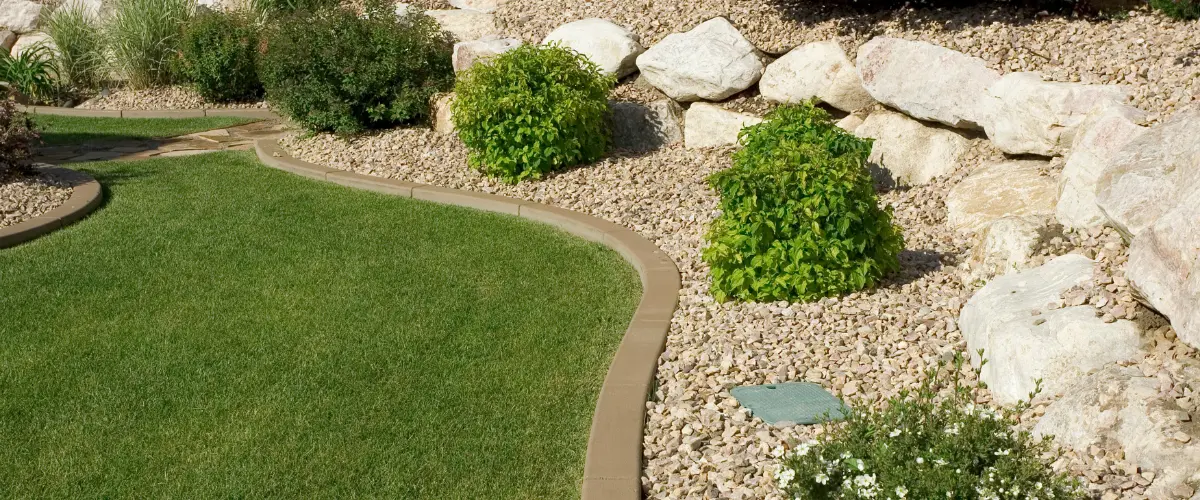The Importance of Comprehending Different Kinds Of Landscape Design for Your Garden
Recognizing the various sorts of landscape design is a vital component in crafting a yard that not only shows individual taste however additionally meets environmental demands. Each landscaping design-- be it official, cottage, sustainable, or metropolitan-- gives distinct advantages that can dramatically influence the general wellness and aesthetic appeals of your exterior room. This knowledge is critical in cultivating biodiversity and maximizing resource use. Nevertheless, the implications of these options extend past simple looks, questioning regarding just how each kind can be integrated successfully into your certain setting. What factors to consider should assist your choice?
Advantages of Landscape Design Understanding
Understanding the fundamentals of landscape design uses countless benefits for both beginner and experienced garden enthusiasts alike. A strong grasp of landscape design principles enables people to produce functional and aesthetically appealing exterior areas that align with their individual preferences and the details attributes of their gardens.
One substantial benefit is boosted environmental wellness. Understanding of native plants and lasting methods permits garden enthusiasts to grow communities that advertise biodiversity while minimizing the demand for chemical fertilizers and chemicals. Furthermore, recognizing soil kinds and water drainage can result in much healthier plant growth and lowered erosion.
Landscape design knowledge likewise boosts the aesthetic worth of a home. By finding out about design aspects such as range, texture, and color, gardeners can develop cohesive and inviting landscapes that enhance aesthetic allure. This not only elevates personal pleasure yet can likewise enhance property worth.
In addition, educated gardeners can conserve time and resources. Recognizing the right plants for details conditions, such as light and dampness levels, ensures that initiatives are not wasted on unsuitable choices. Eventually, a detailed understanding of landscape design encourages people to make enlightened choices, cultivating an extra fulfilling horticulture experience.
Overview of Landscape Design Kinds
Landscape design incorporates a selection of designs and techniques, each tailored to meet the unique needs and choices of garden enthusiasts. Recognizing these diverse types is essential for developing an exterior room that lines up with private tastes and ecological factors to consider.
One popular kind is typical landscaping, characterized by organized formats, well-defined flowerbeds, and the use of balanced growings. This design commonly highlights a sense of order and consistency within the garden - Landscaping Company. In comparison, naturalistic landscaping concentrates on simulating the elegance of nature, making use of native plants and natural types to develop a much more loosened up and casual atmosphere
Sustainable landscape design has gotten traction, advertising environment-friendly practices that preserve water and minimize chemical use. This method commonly incorporates xeriscaping, which makes use of drought-resistant plants appropriate for dry climates. In addition, urban landscaping addresses the challenges of minimal space in city atmospheres, frequently making use of vertical gardens and roof spaces to take full advantage of greenery.
Formal Landscape Design Explained
Defined by its thorough design and organized components, formal landscaping creates an environment of style and elegance in outside rooms. This design emphasizes symmetry, geometric shapes, and distinct lines, typically incorporating manicured hedges, topiaries, and orderly blossom beds. The total result is a polished and refined environment that accentuates building features and boosts the beauty of the surrounding landscape.
In formal landscaping, pathways are normally straight and may be lined with consistent materials such as brick or stone. These courses usually lead to prime focus such as fountains, statues, or ornamental trees, even more improving the structured nature of the style. Color palettes tend to be much more limited, concentrating on harmonious combinations that promote a serene atmosphere.
Water features in formal landscapes are typically developed with precision, frequently appearing as rectangular or circular swimming pools. The careful placement of plants is crucial, with species picked for their capacity to preserve a neat appearance throughout the seasons. Overall, formal landscaping is ideal for those that value order and sophistication, supplying a timeless aesthetic that can dramatically boost the value and charm of outside spaces.
Cottage Yard Qualities
Home gardens often evoke a feeling of charm and fancifulness, blending a selection of plants in a relatively careless yet harmonious Our site setup. Defined by their lavish, casual design, these yards usually include an eclectic mix of blooming perennials, vegetables, annuals, and natural herbs. This varied growing not just develops visual interest however additionally attracts valuable insects and advertises a well balanced community.
A vital characteristic of home gardens is their usage of typical materials and structures. Rock paths, rustic fencing, and wooden trellises are frequently included to boost the garden's quaint charm. In addition, the inclusion of seating areas, such as benches or arbors, urges leisure within this serene environment.
Color plays a significant function in cottage yards, with a focus on soft pastels and vivid hues that evoke a sense of nostalgia. Flowers like foxgloves, roses, and hollyhocks are staples, frequently intermingled with fragrant natural herbs such as lavender and thyme.
Home gardens mirror a philosophy of accepting nature's unpredictability, resulting in a distinct and welcoming room. By focusing on biodiversity and visual appeal, they produce a stunning setup for both garden lovers and laid-back onlookers alike.
Lasting Landscaping Practices
Integrating sustainable landscaping practices is important for creating eco-friendly gardens that thrive while minimizing their ecological influence. Landscapers Las Vegas. Sustainable landscape design concentrates on the effective use of straight from the source resources, advertising biodiversity, and boosting the native environment
One secret practice is picking indigenous plants, which are well-adapted to regional conditions and call for much less water, fertilizer, and chemicals. This not just preserves resources but additionally supports local wild animals, including pollinators. Implementing water-efficient watering systems, such as drip irrigation or rainwater harvesting, further preserves water while guaranteeing that plants receive ample wetness.

Furthermore, lowering lawn areas and including hardscaping elements can minimize upkeep and source use. These methods advertise an even more sustainable landscape that requires less inputs and gives ecological benefits. By accepting these methods, garden enthusiasts can develop spaces that are not only stunning yet additionally contribute positively to the atmosphere, promoting an unified equilibrium between nature and human activity.

Final Thought
In final thought, a comprehensive understanding of numerous landscape design types is essential for developing a cosmetically pleasing and ecologically sustainable check this site out yard. Ultimately, welcoming diverse landscape design techniques fosters an unified connection in between outside rooms and their atmospheres, promoting lasting environmental equilibrium.
Comprehending the numerous types of landscape design is a necessary component in crafting a yard that not only shows individual preference but also satisfies ecological requirements. Each landscape design style-- be it official, cottage, sustainable, or city-- offers distinctive advantages that can substantially influence the total health and wellness and visual appeals of your exterior space. In contrast, naturalistic landscape design concentrates on imitating the appeal of nature, utilizing native plants and natural kinds to produce a much more loosened up and informal atmosphere.
In addition, urban landscaping addresses the difficulties of minimal room in city environments, typically making use of vertical gardens and roof rooms to maximize plant.
In conclusion, a thorough understanding of numerous landscaping types is important for creating a cosmetically pleasing and environmentally sustainable yard. (Landscape)